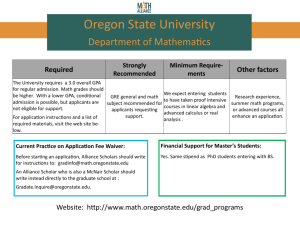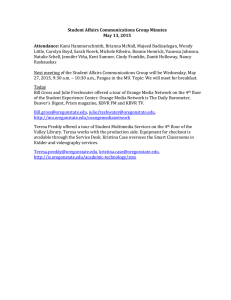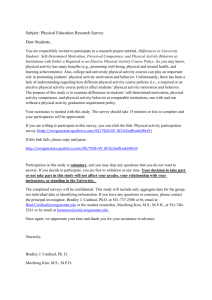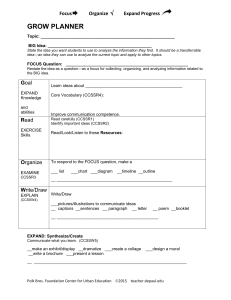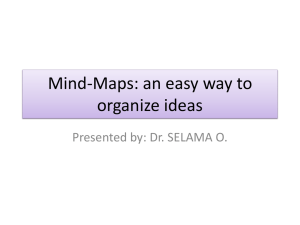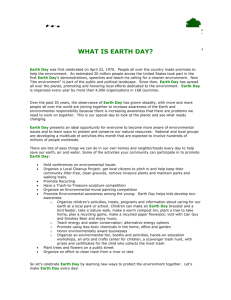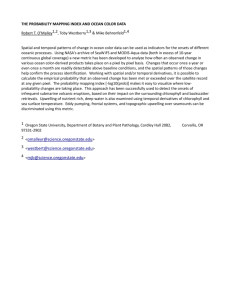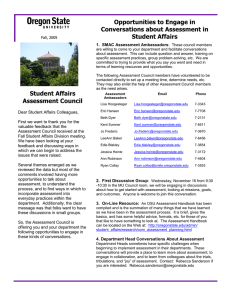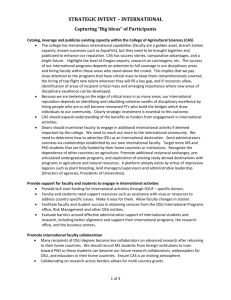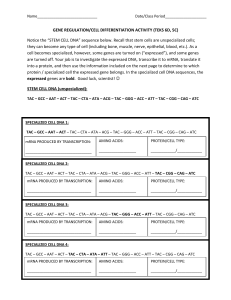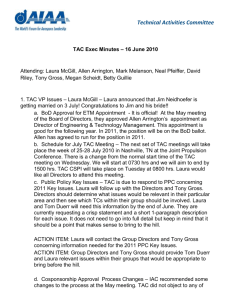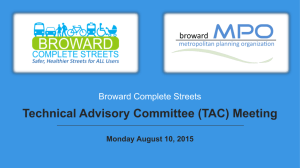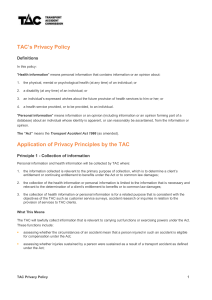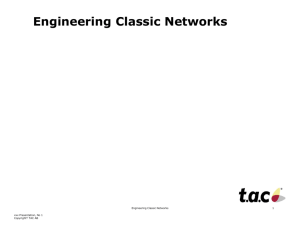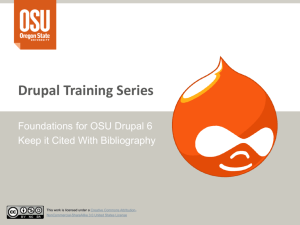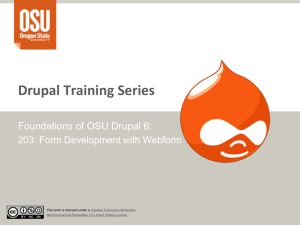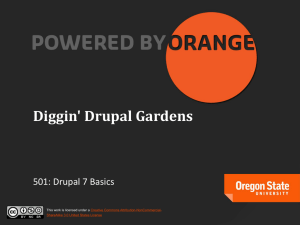Mind Maps and How to Use Them
advertisement
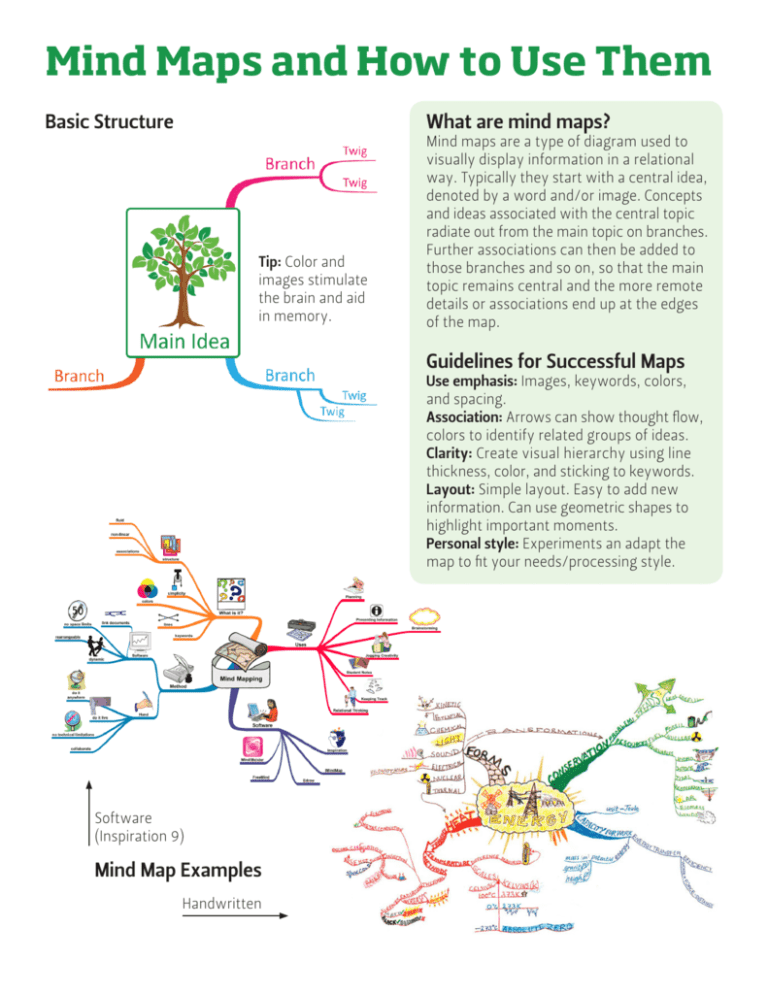
Mind Maps and How to Use Them Basic Structure What are mind maps? Tip: Color and images stimulate the brain and aid in memory. Mind maps are a type of diagram used to visually display information in a relational way. Typically they start with a central idea, denoted by a word and/or image. Concepts and ideas associated with the central topic radiate out from the main topic on branches. Further associations can then be added to those branches and so on, so that the main topic remains central and the more remote details or associations end up at the edges of the map. Guidelines for Successful Maps Use emphasis: Images, keywords, colors, and spacing. Association: Arrows can show thought flow, colors to identify related groups of ideas. Clarity: Create visual hierarchy using line thickness, color, and sticking to keywords. Layout: Simple layout. Easy to add new information. Can use geometric shapes to highlight important moments. Personal style: Experiments an adapt the map to fit your needs/processing style. Software (Inspiration 9) Mind Map Examples Handwritten image source: http://www.buzan.com.au/learning/mindmapgallery.html What are mind maps good for? TAKING NOTES Organize lecture or reading notes, particularly in the way in which they reflect the priorities of the subject. Helps to organize information into a form that is easily assimilated by the brain and easily remembered. They can be used for noting anything -- books, lectures, meetings, interviews, phone conversations. If you need to add something later, easier to do on the mind map than in a linear outline – just add a new branch instead of writing in the margins or squeezing it in. RECALL Create one to test your memory for your next test or area you are studying. Mind maps allow ideas to be quickly noted as they occur, in an organized manner. There's no need to form sentences and write them out in full. They serve as quick and efficient means of review and so keep recall at a high level. PROBLEM SOLVING See all the issues and how they relate to each other. They also help others quickly get an overview of how you see different aspects of the situation, and their relative importance. CREATIVITY Mind maps allow new ideas to flow more rapidly and are great for brainstorming/ideating. You might make connections you wouldn’t normally. Think of every item in a mind map as the center of another mind map. PLANNING Mind maps help you get all the relevant information down in one place and organize it easily. They can be used for planning any piece of writing from a letter to a screenplay to a book, or for planning a meeting, a day or a vacation. Try using them to map out the topic and flow of a presentation – mind maps can help organize ideas coherently and visually, which is easier to remember later on as opposed to a standard outline, which does not show relationships. Anywhere, any time No software limitations Do it live (to augment presentations) Collaborate easily with peers HANDWRITTEN VS SOFTWARE Makes it pretty Virtually unlimited space Link to outside resources Easy to rearrange What about concept maps? Instead of words written on branches, concept maps use labeled lines with arrows to explain connections between concepts. Topics can be crosslinked to depict more complex relationships, potentially creating multiple hubs or clusters, whereas mind maps focus on a single central concept. Example of a concept map Find more mind map tips and tools at oregonstate.edu/tac/mind-mapping Provided by Technology Across the Curriculum • oregonstate.edu/tac • tac@oregonstate.edu
